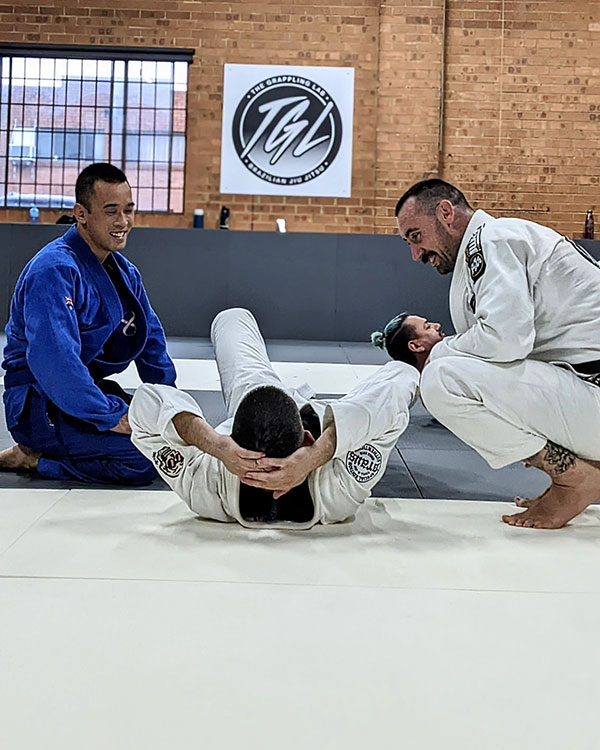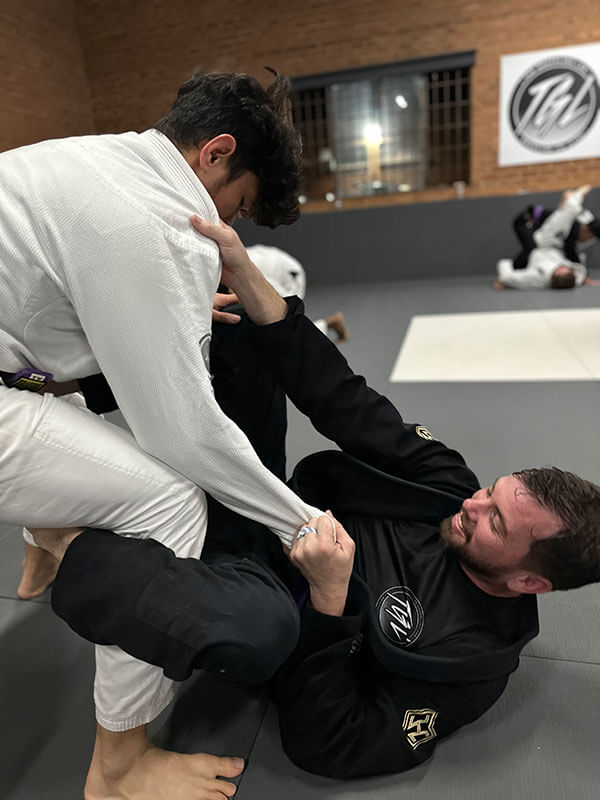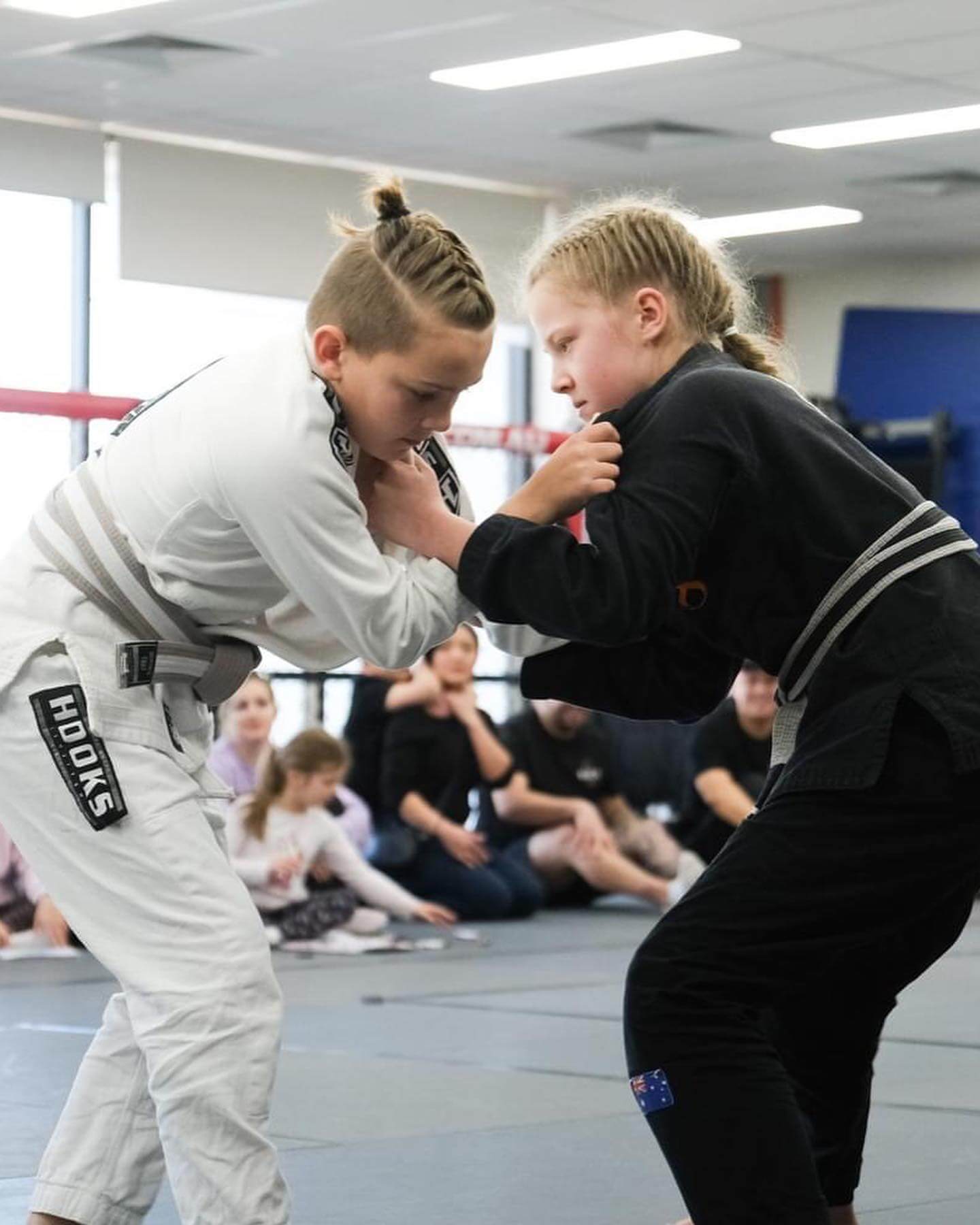As someone who’s been practicing martial arts for over 2 decades, I’m often asked what the differences are between two popular styles – Brazilian Jiu-Jitsu (BJJ) and Karate.
While they both stem from ancient fighting systems and involve some form of hand-to-hand combat, BJJ and Karate have distinct histories, techniques, competition rules and overall philosophies.
In this blog, I’ll break down the origins and evolution of each martial art, their contrasting approaches to training and competition, and tips for choosing between BJJ and Karate.
A Brief History of Brazilian Jiu-Jitsu and Karate
To understand the core of each martial art, it helps to learn about their origins and purpose.
Brazilian Jiu-Jitsu was born in Brazil in the early 1900s, adapted from traditional Japanese Jiu-Jitsu by the famous Gracie family. Smaller fighters needed a way to defend themselves against larger opponents, so the Gracies developed a system that used leverage, technique and timing to allow a smaller or weaker person to successfully subdue a heavier, stronger attacker.
Ground fighting is a major element, as is achieving dominant positions and using chokeholds or joint locks to force an opponent to submit. BJJ has grown to become one of the most popular martial arts worldwide, especially for self-defense and no-gi submission grappling competitions.
Karate, on the other hand, has ancient roots as a martial art that developed on the Ryukyu Islands in Japan. It evolved from indigenous fighting methods and was heavily influenced by Chinese martial arts. The original purpose of Karate was for self-defense and lethal force. Over time, training methods and competition rules became more structured and regulated.
Modern Karate focuses on precise, powerful linear strikes delivered with the hands, elbows, knees and feet. Students practice choreographed sequences of moves called katas which are later applied in semi-contact sparring and self-defense techniques. There are many styles of Karate, but they all emphasise powerful blows meant to disable opponents.
Different Fighting Styles and Techniques
Given their different origins and intents, it’s no surprise that the fighting techniques taught in BJJ and Karate are quite distinct:
Brazilian Jiu-Jitsu is a grappling-based martial art. Students learn takedowns and submission holds to control opponents on the ground. Common techniques include the guard, mount, side control, and rear naked choke. The goal is to gain a dominant position over your opponent and force them to submit through chokeholds or joint locks.
Karate is primarily a striking martial art. Students learn punches, kicks, knees and elbow strikes to disable opponents standing up. Linear movements are preferred over rotational techniques. Common strikes include front kicks, roundhouse kicks, knife hands, elbow strikes and punches. The goal is to land decisive blows to end a fight quickly.
To summarise, BJJ is about subduing foes through submissions while Karate focuses on defeating enemies through powerful strikes.
Competition Rules and Training Methods
Given the different aims of BJJ and Karate, their competition rules and training methods differ as well.
BJJ competitions are won by submission or points. Competitors try to take opponents down, gain dominant positions, and execute submission holds like armbars, triangles and rear naked chokes. If no one submits, the winner is decided by points awarded for achieving dominant positions.
Karate competitions are won by points. Competitors attempt to score points by landing clean, powerful strikes and kicks on opponents. Good form, control and technique are rewarded. Excessive contact is penalised. The winner is decided by who scores more points.
Training also differs significantly:
BJJ classes emphasise live sparring called rolling. Students grapple at near 100% intensity to practice techniques against fully resisting partners across different scenarios. There is no kata practice.
Karate training relies heavily on practicing katas – choreographed patterns of moves. Some schools spar, but contact is light. The focus is on perfecting form and technique.
The training methods align with the different competition goals – submissions vs strikes.
Choosing Between BJJ or Karate in Prestons, NSW
If you’re looking to pick up martial arts in Prestons, NSW, how do you choose between BJJ and Karate? Here are some tips:
- Consider your goals – Do you want to focus on grappling or striking? Are you interested in competition or pure self-defense? Your aims will help determine if BJJ or Karate is a better fit.
- Visit local schools – There are great BJJ and Karate academies across Prestons. Sit in on classes to get a feel for the training style and instructors. Many offer free intro lessons.
- Try both! – Since BJJ and Karate are quite different, try intro classes in each to see which you enjoy more. Both arts provide great benefits so test them out.
Wrapping Up
I hope this breakdown has helped explain the key differences between Brazilian Jiu-Jitsu and Karate. While they share some common roots and philosophies, they are quite distinct martial arts today in terms of history, techniques, and training methods.
There are excellent schools for both BJJ and Karate in the Prestons area. Try out some intro classes and trust your gut instinct on which martial art resonates most with your goals and interests. Choosing the right school is also important – make sure the teaching style and atmosphere motivates you.
No matter if you pick BJJ or Karate, I’m confident you’ll gain immense mental, physical and spiritual benefits from consistent training. Both arts provide wonderful lifelong skills.
If you have any other questions about getting started in martial arts or want to drop into a class at my academy The Grappling Lab, don’t hesitate to get in touch! I’m always happy to chat more about the transformative power of martial arts.




